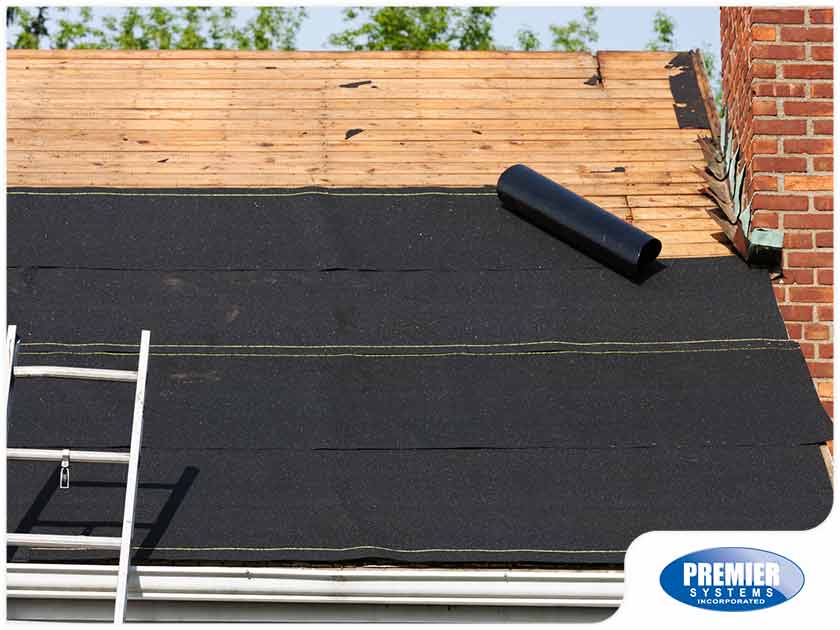The roofing system is considered to be one of the most complex features of a home. It is more than just the shingles and decks. Have you heard of an underlayment? While this layer system isn’t visible, it helps protect your home from water damage. It’s usually a sheet of felt or synthetic material laid on the decking before securing the shingles.

Whether you have asphalt or metal roofing, having an underlayment will prevent moisture from damaging your deck and attic. And although some insist an underlayment isn’t always necessary, it should be applied to low-sloped roofs and specific high water risk locations of your home. Here are more reasons why having it installed is highly recommended.
- Keep in mind that an underlayment adds another water-resistant layer to the top of your home. With it, leaks during heavy rain, high snow accumulation, and severe storms can be prevented.
- An underlayment also offers an extra cover of shielding should your roof become damaged or any shingles or shakes are blown away during a heavy storm. The roofing underlayment will serve as safekeeping until actual fixes are done or the shingles have been replaced by a trained professional.
Types of Roof Underlayment
Prior to the introduction of synthetic products – along with the emergence of vinyl siding, most roofers relied on asphalt-saturated felt as the material to use. These are efficient in resisting water intrusion. However, the arrival of rubberized asphalt has affected its huge demand. Although rubberized asphalt is more expensive than the two, it still contains higher percentages of asphalt and rubber polymers, making it effectively waterproof.
If you’re looking for a roofing contractor for a replacement or roof repair, call (605) 361-4955, or complete our contact form to get a free estimate. With Premier Systems Roofing, you can be 100% assured that your roof installation is done right.



